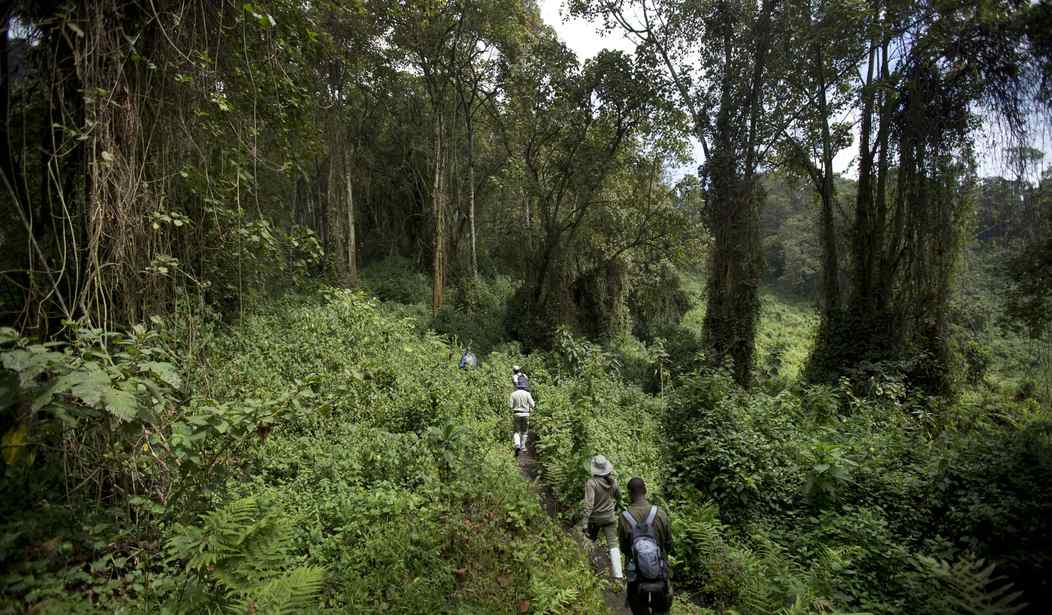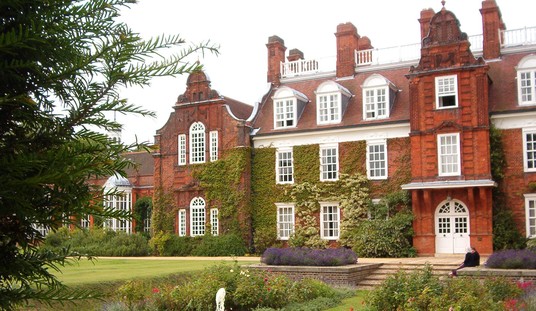A little while back, I looked at some of the craziness going on in the world, including some shifts in weather patterns that are detrimental to everyone’s enjoyment of life no matter what is causing them. Between the wildfires engulfing the west and the drought conditions being seen in multiple places around the world, there’s definitely some room for improvement. While most liberal activists are focusing on crashing our energy grid by trying to ban fossil fuels as an energy source, I’ve been looking at something a lot easier and more pleasant that could make a big difference. It comes in the form of the trillion tree campaign. The goal is as basic as the name implies. Plant a trillion trees in the next decade and the amount of cooling they produce in the form of shade will cause a dramatic shift in the desired direction, while sucking up a massive amount of carbon dioxide and producing vast amounts of oxygen.
In a new editorial at Time Magazine by Jad Daley, President and CEO of American Forests, we learn that a lot of participants from around the globe have already committed to planting tens of billions of trees in the areas where they will do the most good. And if participation continues to expand, this crazy idea might just reach its goal and meet the target by the end of this decade.
When we announced our trillion-tree goal last year, some skeptics dismissed our work as misguided or unrealistic. But the past year has proven that progress is possible. Great Britain, Canada, the U.S., the E.U., China, India, Pakistan and Colombia have committed to plant billions of trees. Partnerships with indigenous communities aim to permanently conserve the planet-protecting forests and biodiversity of the Amazon Basin and the Sahel. Conservation efforts that have removed the world’s second largest rainforest—the Salonga National Park in the Democratic Republic of Congo—from the endangered list show what’s possible.
In its inaugural year, the U.S. chapter of 1t.org has secured pledges from more than 70 U.S. cities and states, companies and NGOs to conserve, restore and grow over 50 billion trees in the U.S. and abroad by 2030, and invest billions of dollars in workforce development, carbon finance and technology.
If you read the editorial it becomes immediately clear that Daly is out on the far left end of the green spectrum. Unlike me, he’s not satisfied with only working on this tree planting project. He’s in bed with the folks who want to end fossil fuels, turn everyone into vegans and do away with home air conditioning. But let’s not throw the baby out with the bathwater here. At least he’s going whole hog (sorry, Jad) on the tree-planting project.
Unlike all of the contentious ideas espoused by the Paris accord participants and the mandatory veganism enthusiasts, the trillion tree project shouldn’t be controversial. Who doesn’t like trees? Or shade on a hot day, for that matter? And if the numbers being generated by the scientists studying this matter are even close to accurate, the results would be stunning. They estimate that a trillion trees could sequester some 200 gigatons of carbon over their lifetimes—equal to the annual emissions from more than 43 billion cars. And for every acre of land that’s covered with foliage, that’s one more acre of land that isn’t sucking up heat from the sun and trapping it down near the surface. The shade alone would be worth it.
This doesn’t all have to be done by governments and big corporations. The Girls Scouts of America have promised to plant five million trees in the next eight years. Saplings don’t cost that much and you don’t need a vast expanse of land. And when the trees reach full maturity, you can start taking them down for lumber, provided you replace them with two more saplings and don’t clear-cut entire swaths of the region. Does anyone seriously object to this idea? And if the result was that temperatures stopped rising and air quality started slowly going up (both of which could very well happen), the liberals in your family would lose their excuse to complain about your car and the steaks you’re cooking on your charcoal grill. It’s a win-win, folks.







